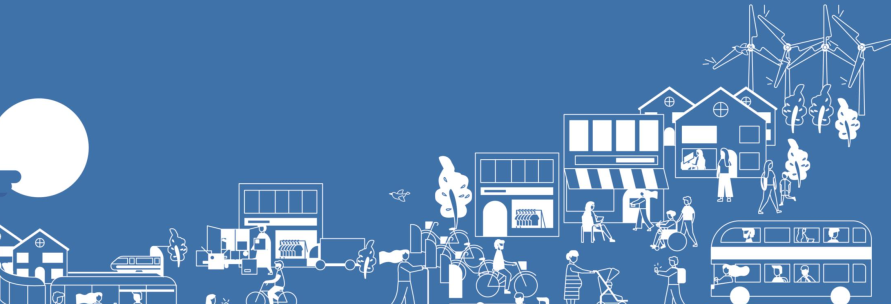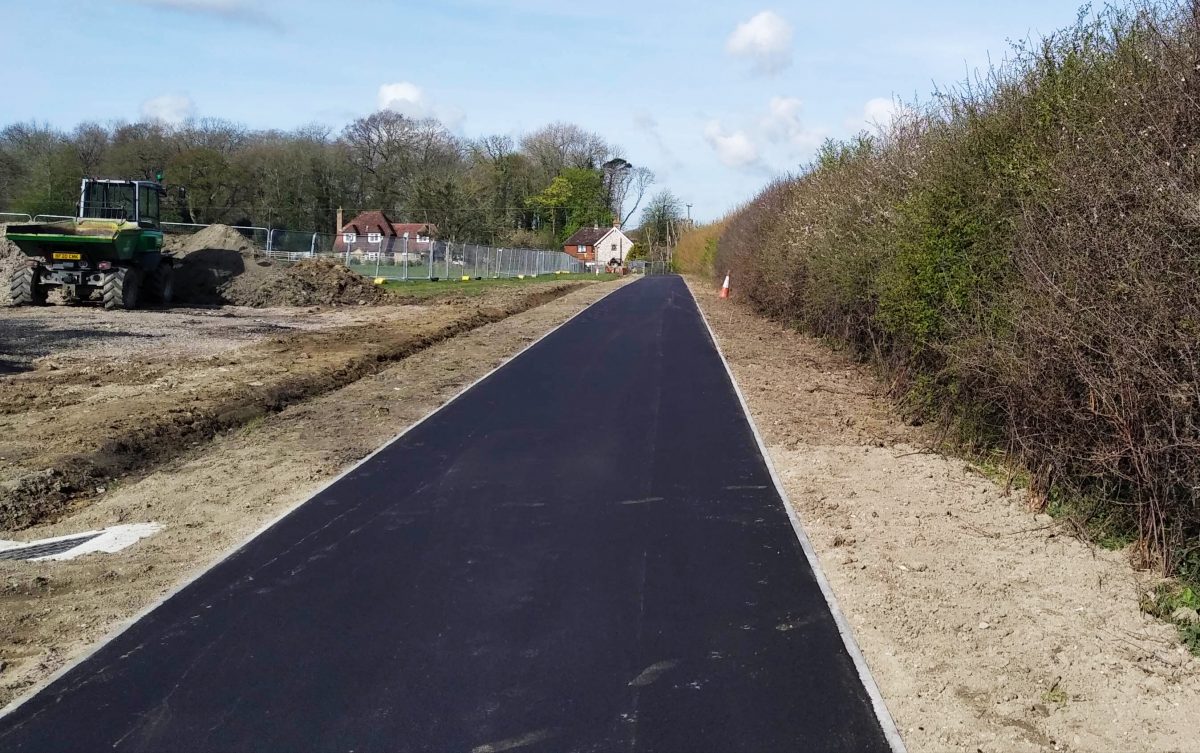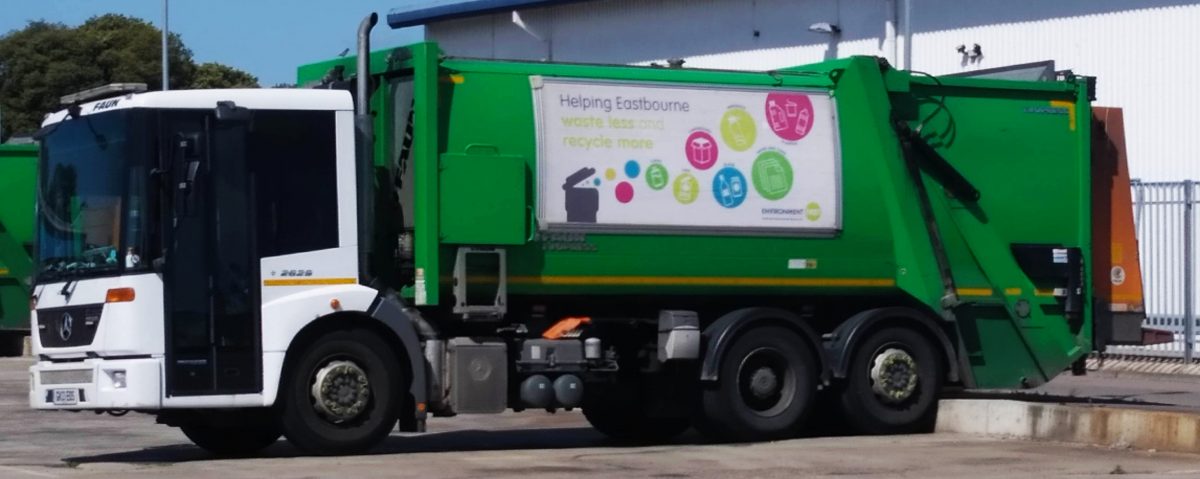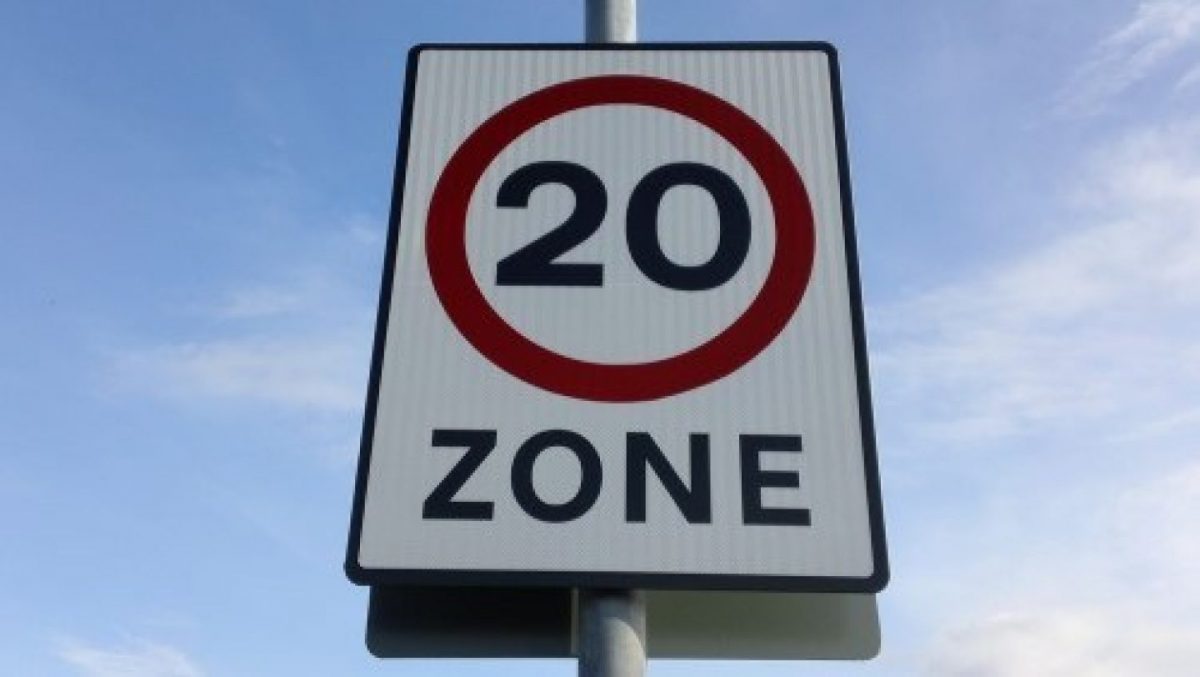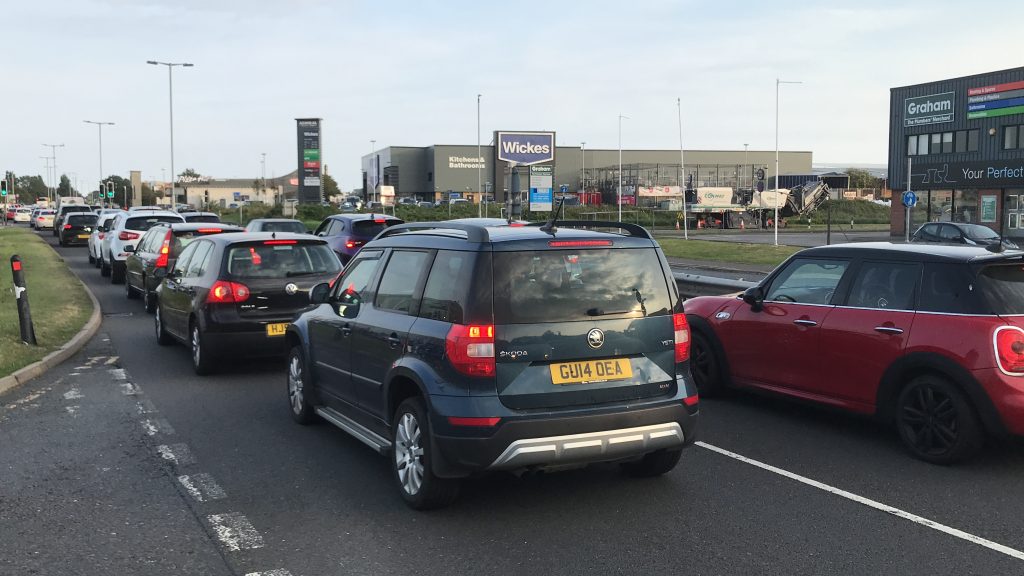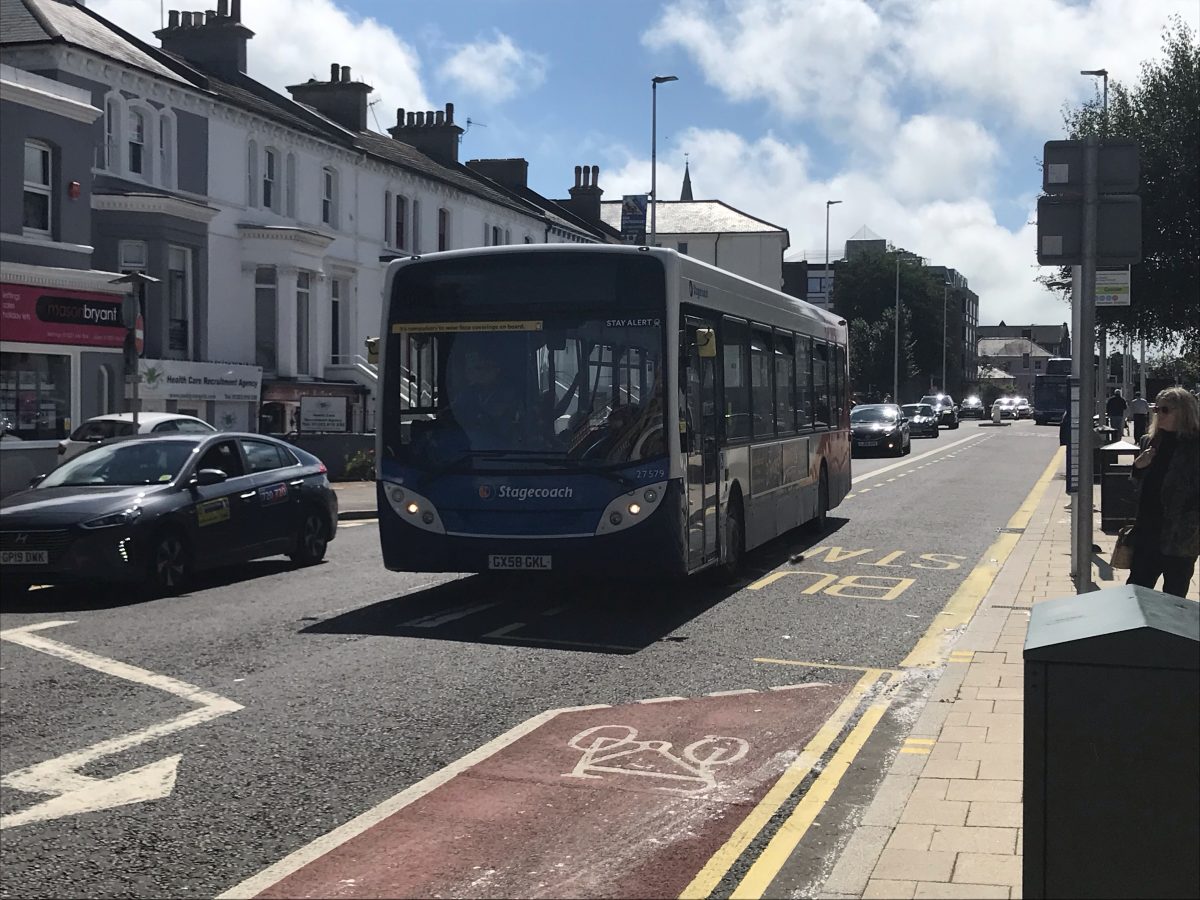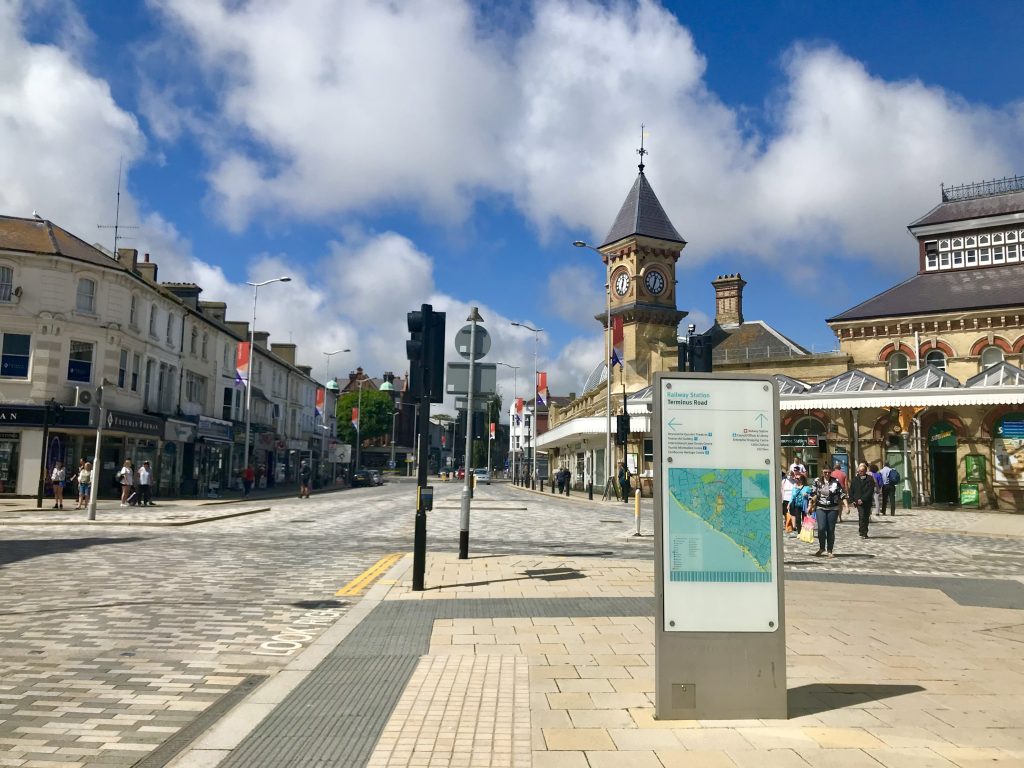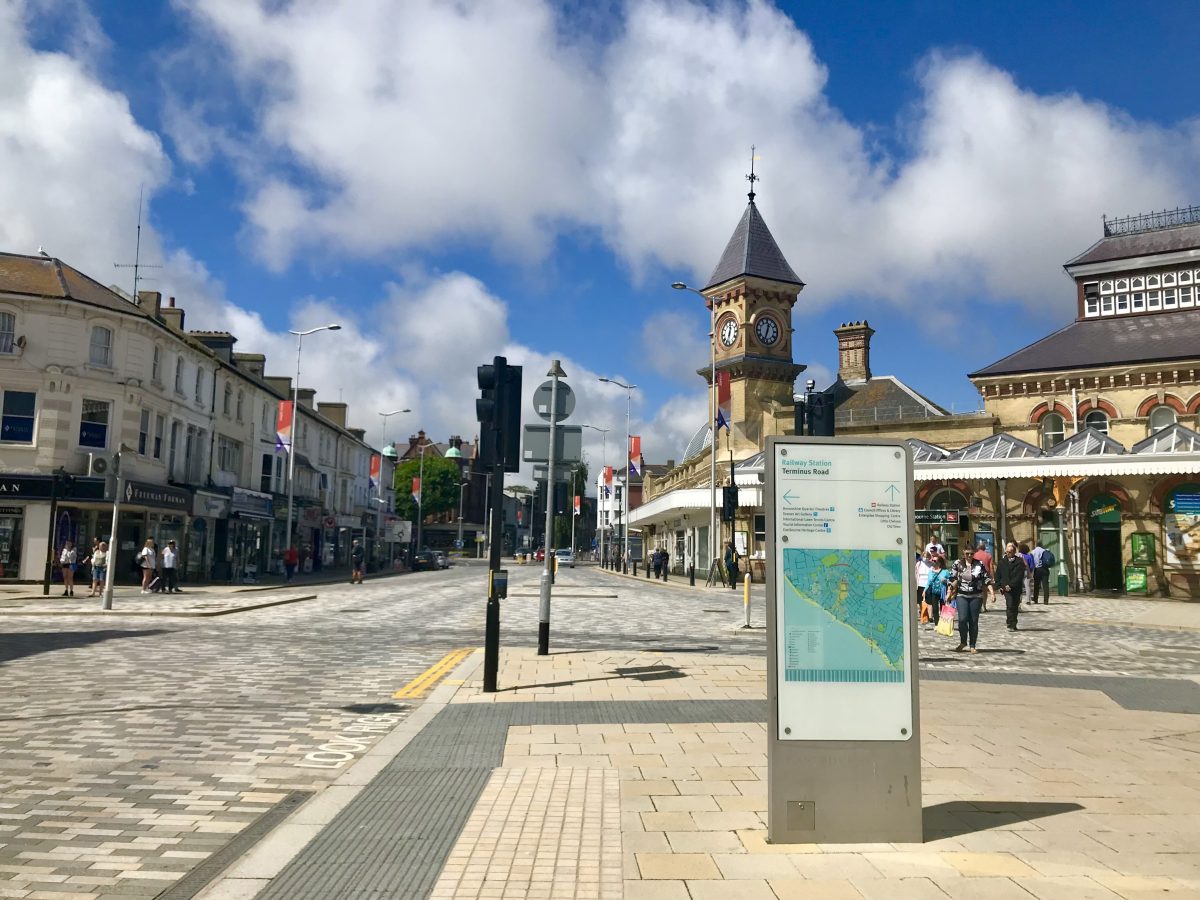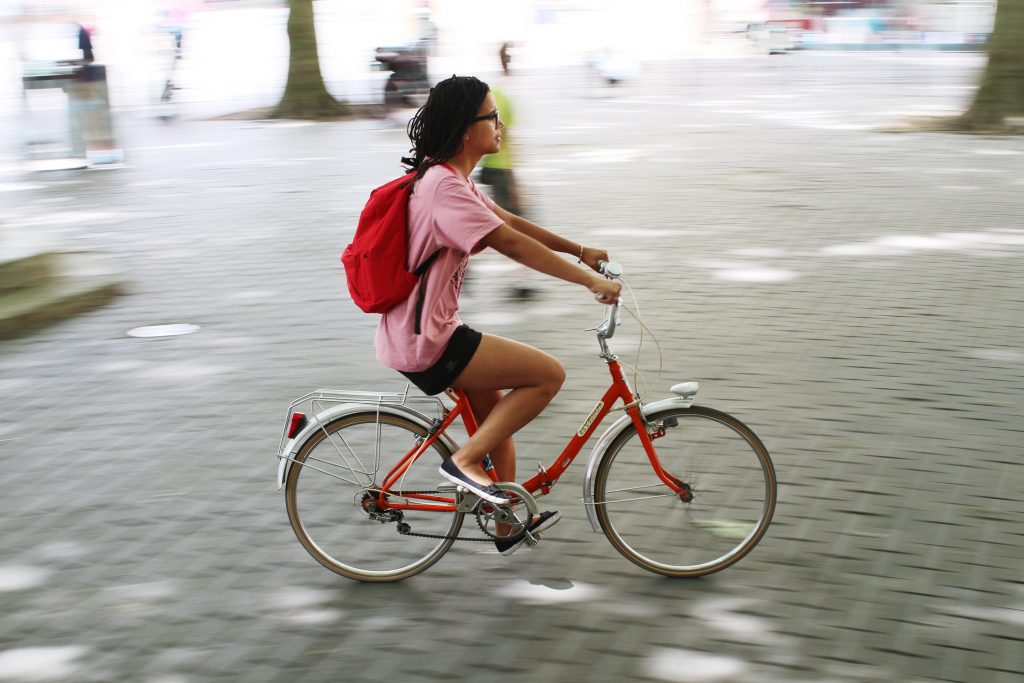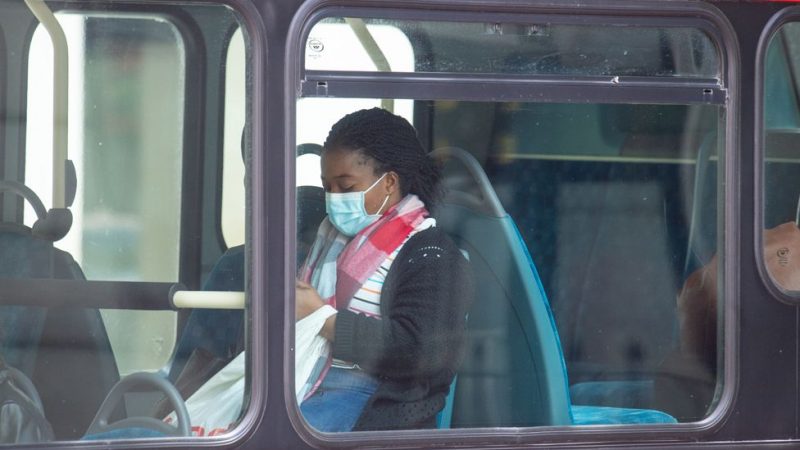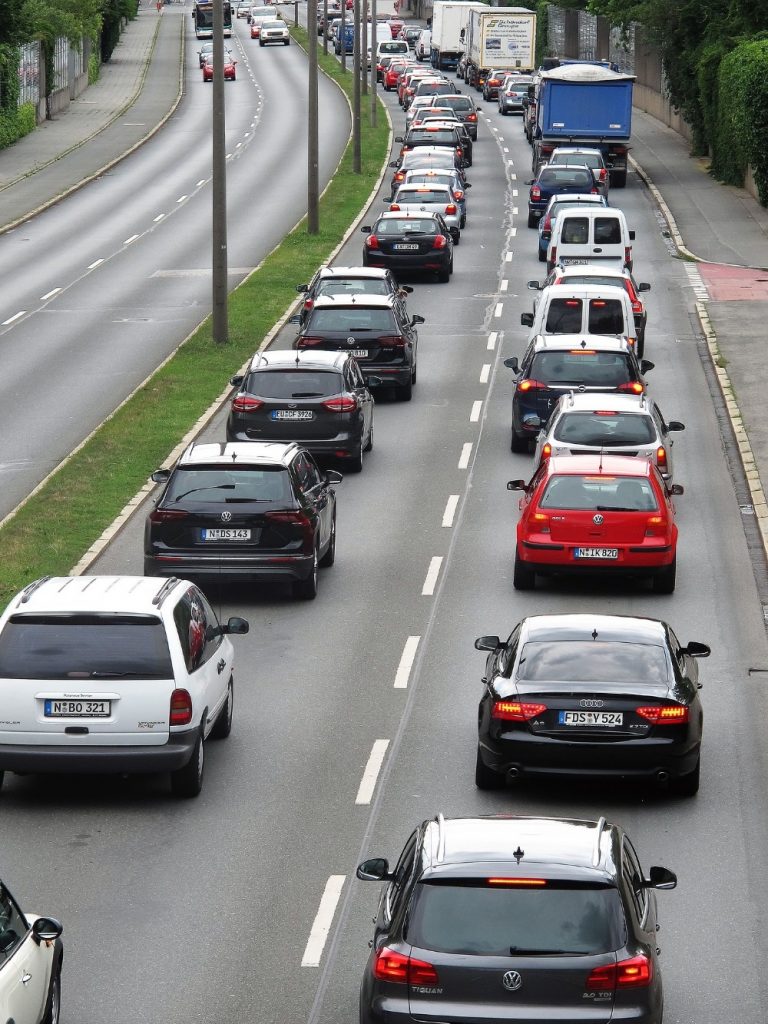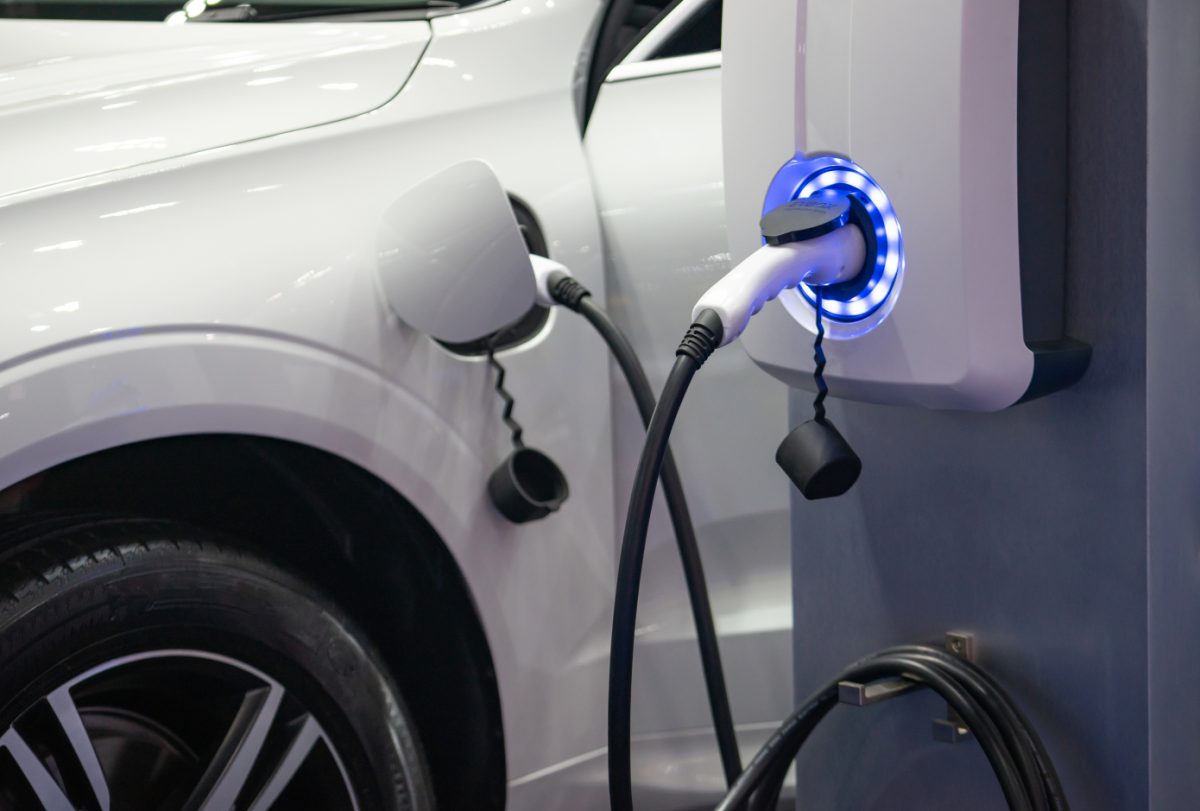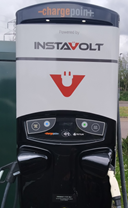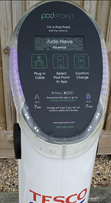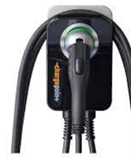The existing approach to parking is no longer enough
The current uninspiring consultation, on parking in Eastbourne Town centre, shows how nothing radical is being considered. Primarily it does not help to meet the Borough Council’s 2030 carbon target.
https://consultation.eastsussex.gov.uk/economy-transport-environment/eastbourne-informal-2022/
Eastbourne
There are a large number of underused car parks in the town. Drivers needs to be encouraged to use them, to free up road space. The obvious way is by differential charging and making it cheaper to park there than in the street.
There will always need to be some parking especially places for the disabled and less mobile. But cars are becoming ever bigger and wider and this is limiting the road space. Deciding that parking availability is a top priority, makes buses passing cars an issue. It has also stopped any cycle lanes being built in the town centre.
London
Other areas of the country are facing the issue of parking head on. So it is worth looking at other councils to see what could be done. Limits by pollution, size of vehicle and CO2 are all possible. As are the removal of some free and pay parking spaces
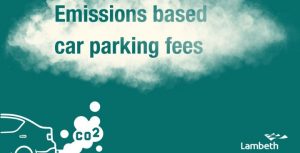
Take Newham or Lambeth as examples. The latter is the latest council in London to introduce emissions-based parking fees.
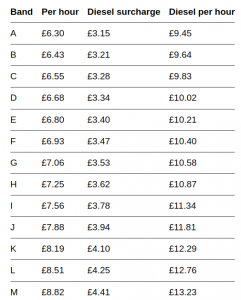
Similar charges are expected elsewhere in England. Though they could be less complex with perhaps 4 or 5 bands. Owners of the most polluting cars can expect to pay more than twice as much as cleaner cars. There are now 26 different charges to park for an hour in Lambeth ( see above). It depends on a car’s tax band as to what you pay. Plus a surcharge is added for diesels. These emissions-based charges were shown to change motorists’ behaviour. A spokesman said: “People make fewer journeys or they choose a cleaner vehicle.”
https://www.lambeth.gov.uk/parking/emission-based-parking-charges/street-parking
So this may encourage families with 2 cars to drive into town in the smaller and greener one. Plus there will need to be more dedicated spaces allocated to EV charging as well as giving priority to ‘Car Clubs’
In summary, if we are really going to make a ‘modal shift’ in favour of active travel, we have to re-balance the use of road space, in favour of lower carbon options.
Paul Humphreys – EEAN Transport Group

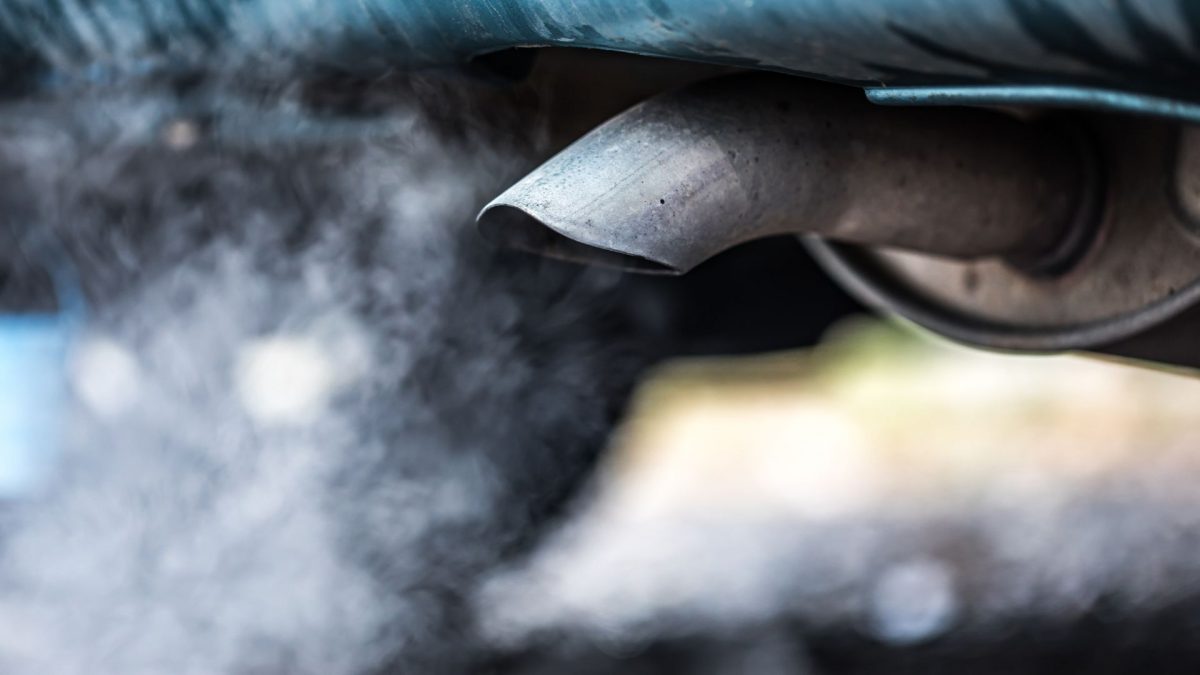
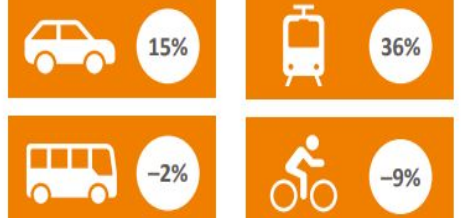

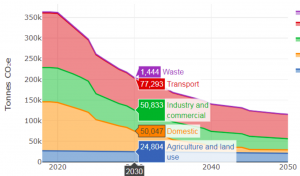
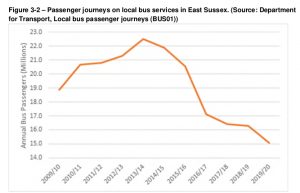
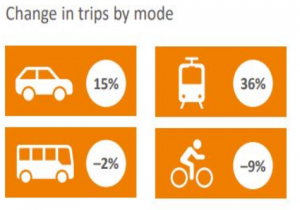

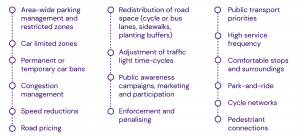

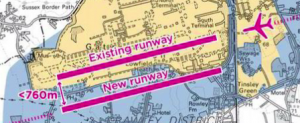


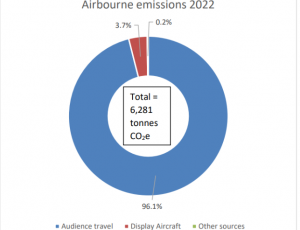


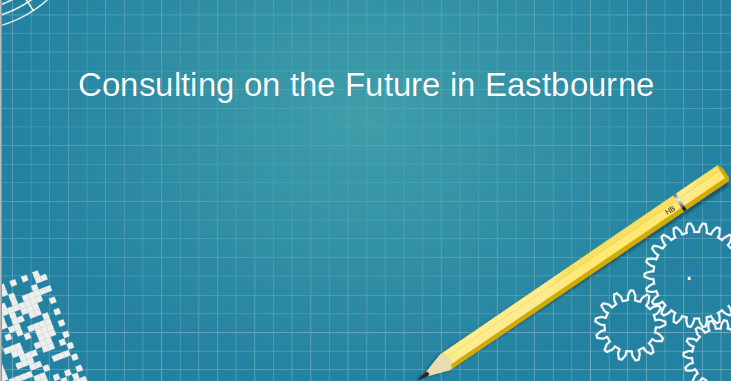
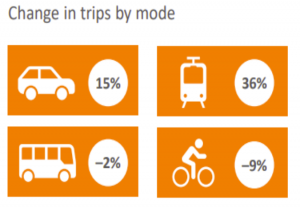

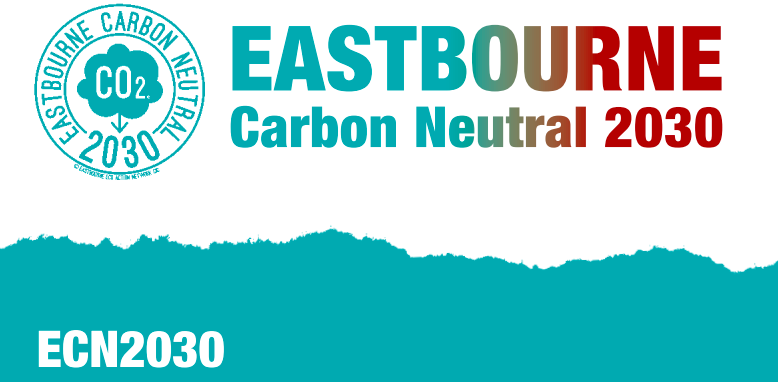

 An analysis that includes more is at
An analysis that includes more is at 